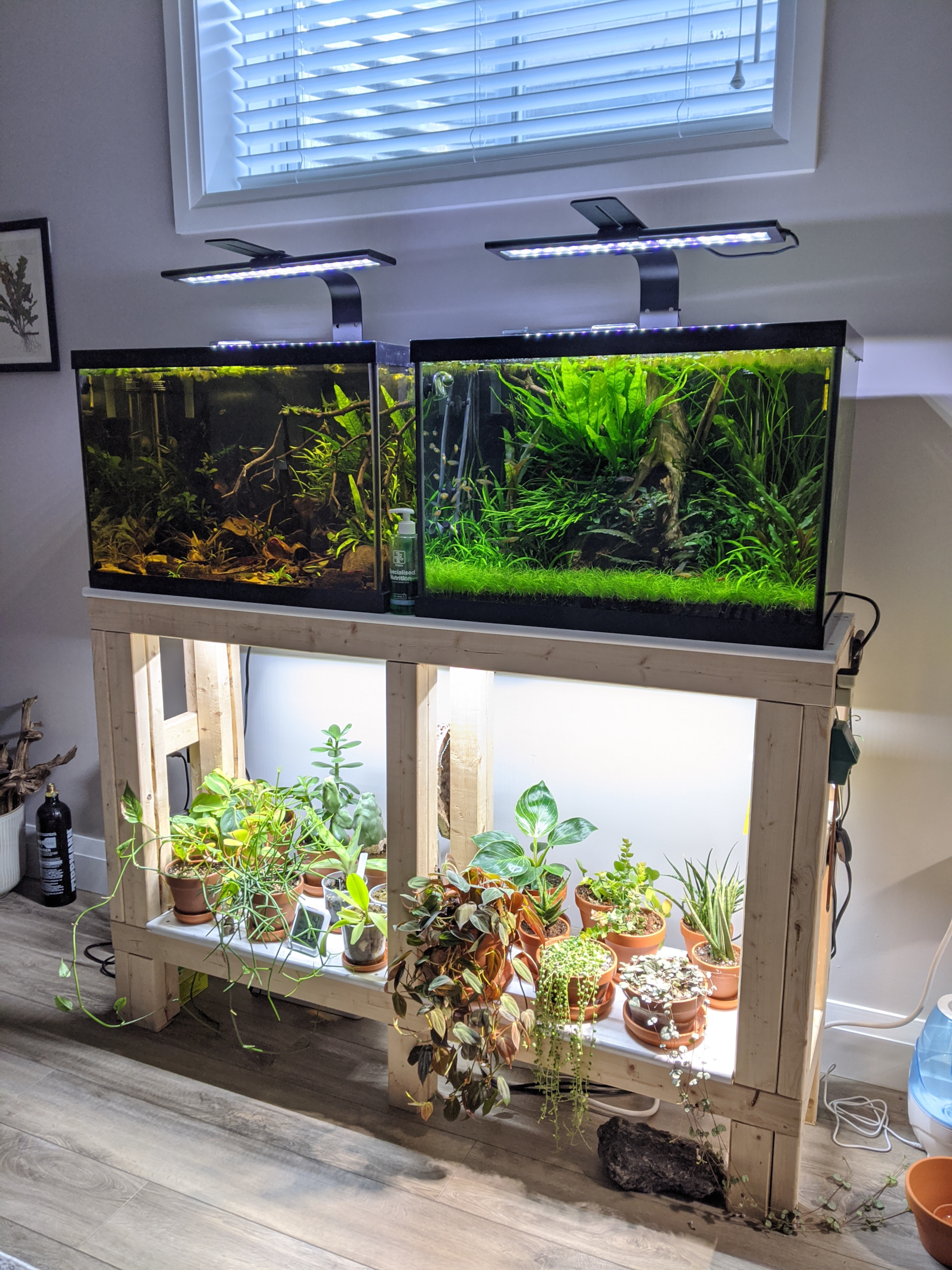Nitrogen cycle in the aquarium
Nitrogen is the most often occurring element in our atmosphere that is important to life. Nitrogen can be found in soils, plants, in the water that is drunk by us and in the air that we breathe. But as with everything, balance is the key because too little nitrogen means that plants can't blossom and as a result low crop yields are harvested, too much nitrogen is toxic to plants and it may harm our environment.

The same thing happens in our fish tank but on a micro scale. Understanding the aquarium nitrogen cycle is crucial if you want to own aquarium. This endless cycling process is a biological cycle in which nitrogen is converted into many forms and we are going to find out every phase of the nitrogen cycle to get the point of this and in exchange have healthy fish and live plants.
Basics of the nitrogen cycle
After we decide to run a new aquarium, we choose the location of our new object, usually pour tap water (of course we should use tap water conditioner), install new filter, add some ornaments and this is how the entire process in our fish tank starts.
The settlement and multiplication of bacteria called nitrosomonas, that filter the water from highly toxic ammonia and high nitrite levels, begin once the aquarium is started. These compounds are formed with the development of the aquarium from particles of organic matter, accumulated in the substrate. These are natural products of fish metabolism, dead fish, decaying plant parts or uneaten food. All of this over time starts to release ammonia.
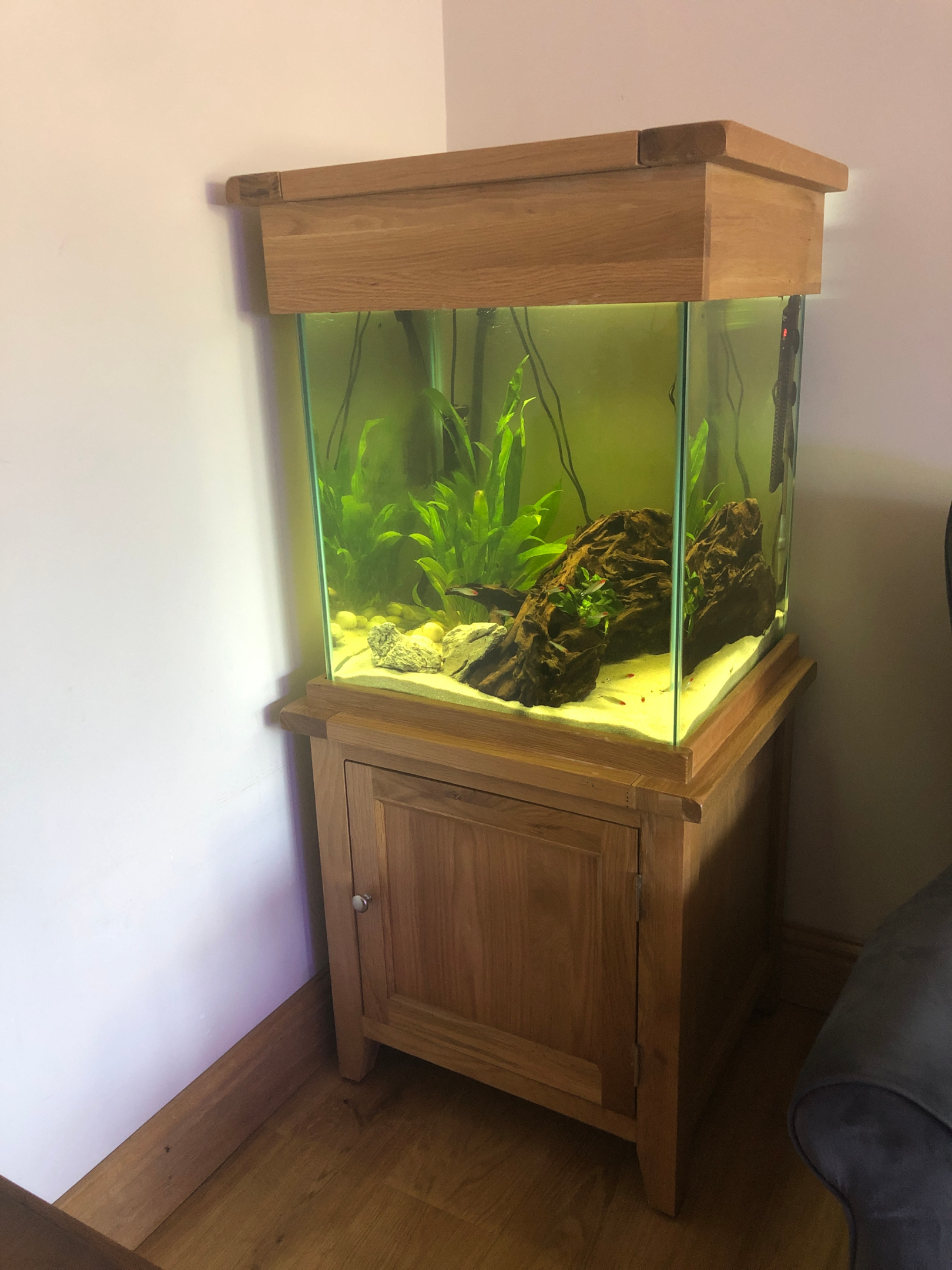
New tank syndrome
To destruct these compounds, we use the beneficial bacteria colonies but this process of converting ammonia and nitrites to nitrates, lasts some time. Who has already bought a tank, knows how long it is and the time is rarely acceptable for beginners. However, you must not, under any conditions, add fish to a new aquarium to prevent from occurring 'a new tank syndrome'. This term is used to describe problems that appear during the build-up of invisible, toxic compounds in the aquarium. The issue is most likely to be a problem when your filter is maturing- this is where the name comes from. New tank syndrome is extremely frustrating and upsetting to happy fish keeping because it often results in death of your beloved fish. The very true thing is that you should wait at least twelve hours for all the chemicals from the water to evaporate.
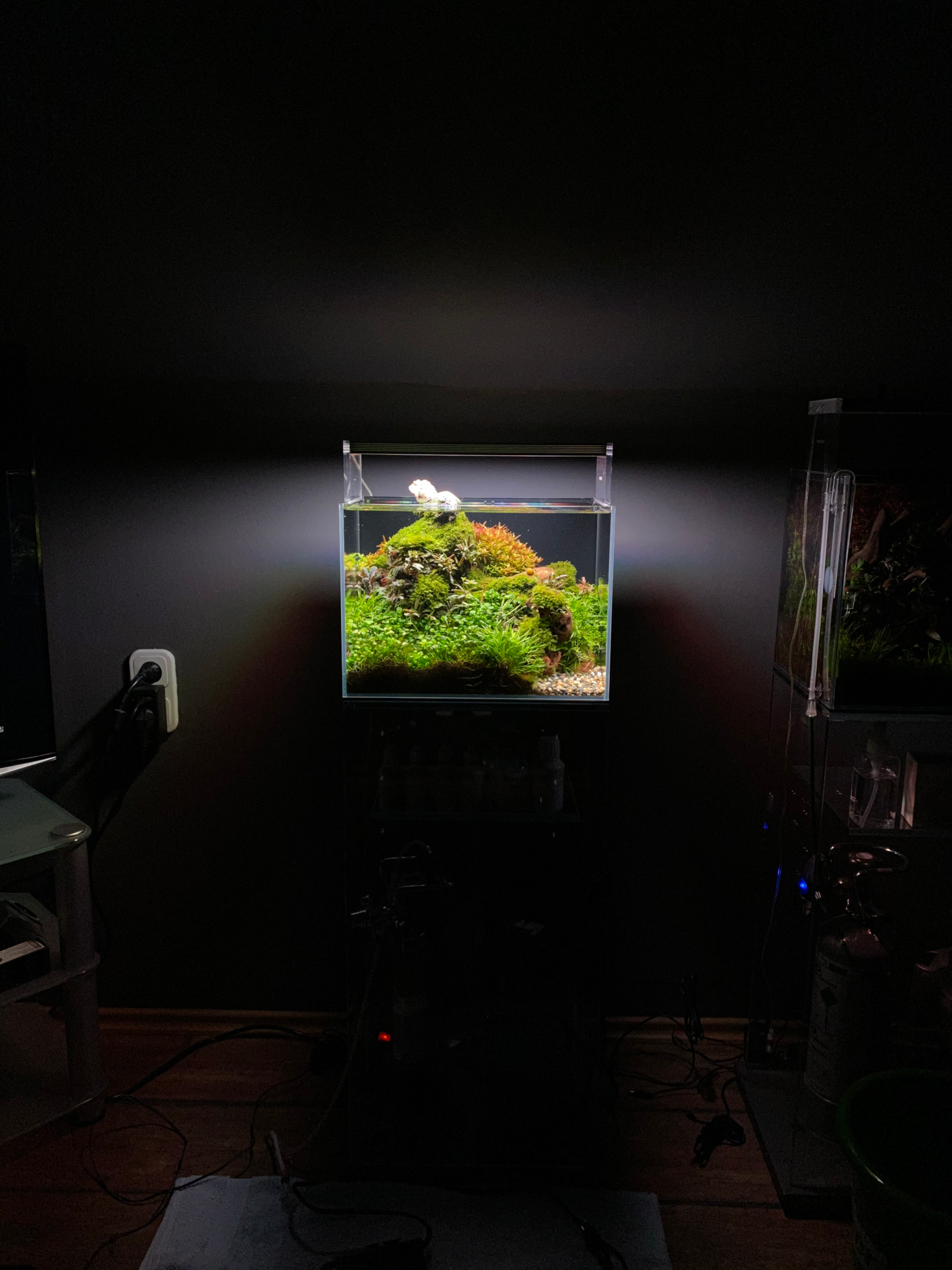
Sellers often dissuade this idea to move in fish straight away to a new tank to avoid problems with potential complaints because a few fish have died after ten hours. There is also an option to buy good bacteria from a shop but it should be treated as a support of biological filtration, not as a solution. Additionally, introduction of new animals enhances even the nitrogen cycle, especially if we have too many fish in the fish tank or they are overfed. The best way is to leave it for first few weeks as a fishless cycle- patience should be our advisor.

How nitrogen cycle looks like in practice?
The cycling process that is visible to the naked eye is rather simple and even a kid can list some points:
-
We give fish food to our pupils and uneaten food decompose in the water.
-
Our fish eat the food and poop.
-
Plants lose some of their parts which also decompose.
-
Fish waste and the rest, accumulate and the tank water gets dirty.
-
We change the water.
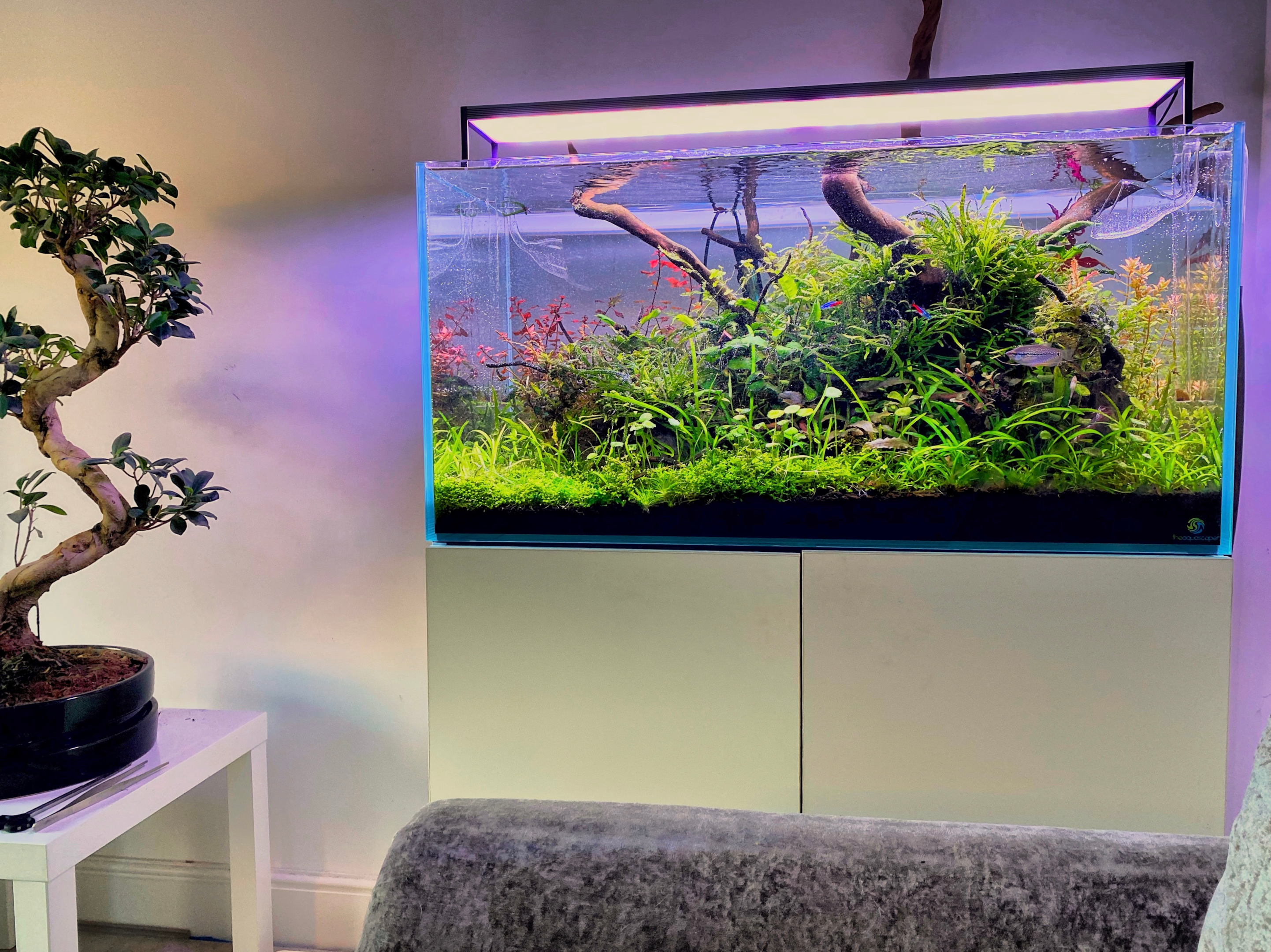
But as we know, there are some other processes that happen in our fish tank:
-
As the waste decomposes, the level of ammonia rises.
-
Denitrifying bacteria reduces all the ammonia to nitrites.
-
Nitrifying bacteria transform nitrites to nitrates
-
Nitrates are used by plants to grow.
-
Unfortunately, nitrates are not fully used by plants and they are not neutral to the environment. Too much nitrates can also cause some serious consequences. While the biological filter decomposes ammonia and nitrites quite efficiently, it is practically helpless against nitrates. But the ecosystem creates a certain tolerance for the presence of a low concentration of nitrates in the aquarium- for most of tropical fish species if kept in low concentration is harmless.
-
Too high nitrate levels are reduced by changing water- as a result, the dilution of nitrates in the aquarium occurs. But only dilution, not permanent elimination.
As a funny fact it is worth mentioning, that there are some exceptions to this rule, especially in i.g. a saltwater tank. There are some good bacteria that are capable of reducing nitrates and nitrites into harmless nitrogen gas.
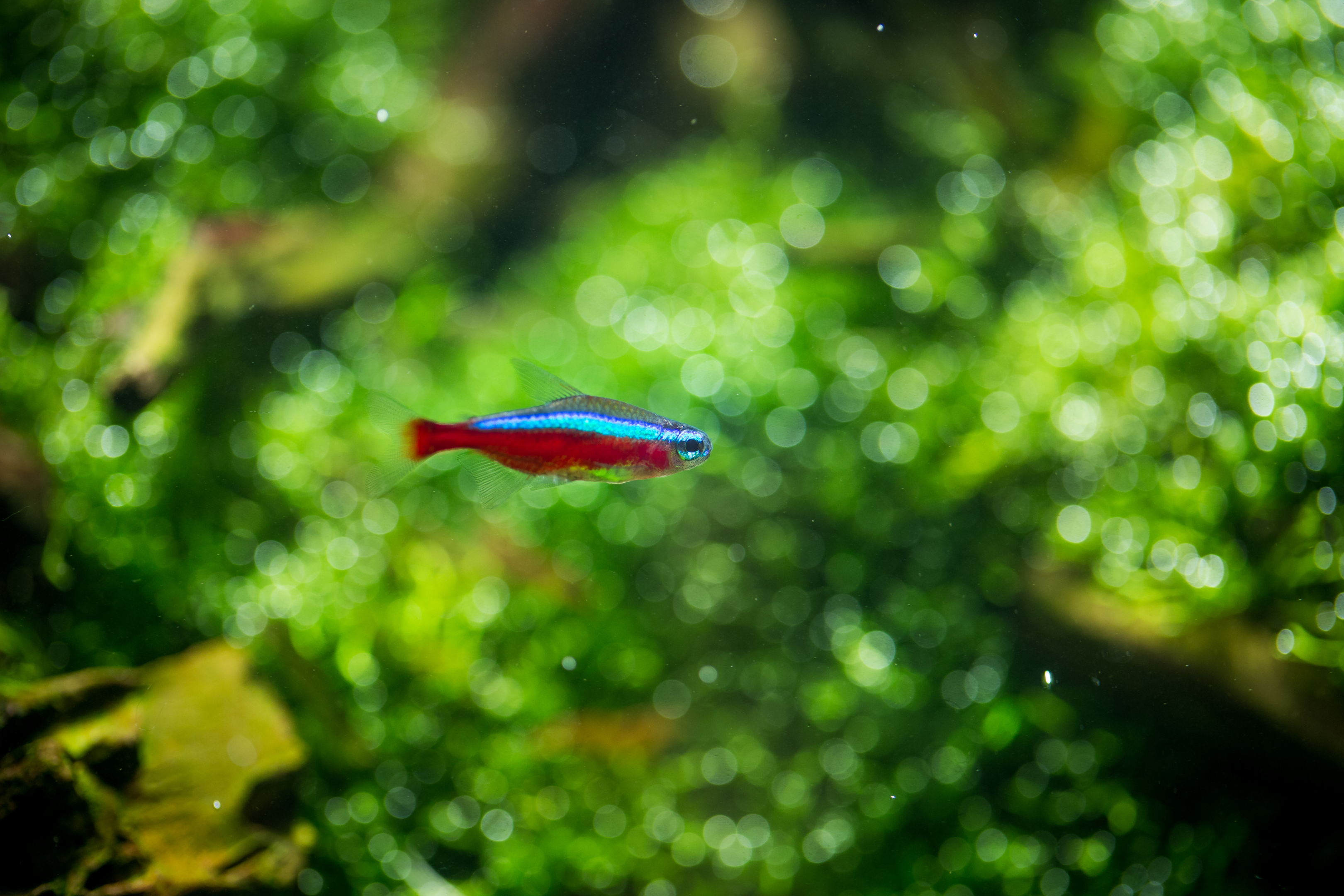
What is absolutely essential?
The entire nitrogen cycle happens if we want this or not. First of all you should check ammonia levels, because a rapid ammonia spike can cause tremendous repercussions. Creating a filtration system in a fish aquarium means exactly the colonization of beneficial bacteria and its constant expansion. When we have a sufficient family of these bacteria, they begin to convert ammonia present in the water. The problem is with the fact that this particular bacteria converts it to nitrites.
And another problem appears because any nitrite levels are dangerous too. And again you have to regularly test your aquarium water. In pet shops you can find a test kit that will be helpful. Due to the nitrite spike, some common diseases or death may be observed in your fish tank. The same thing is with the nitrate levels.
And the same cycle is repeated permanently to the closure of your established tank. When you have a new fish tank, a new filter and an air pump and you pour water to the aquarium, there are few bacteria. This amount is not enough to conduct the nitrogen cycle in a proper way.
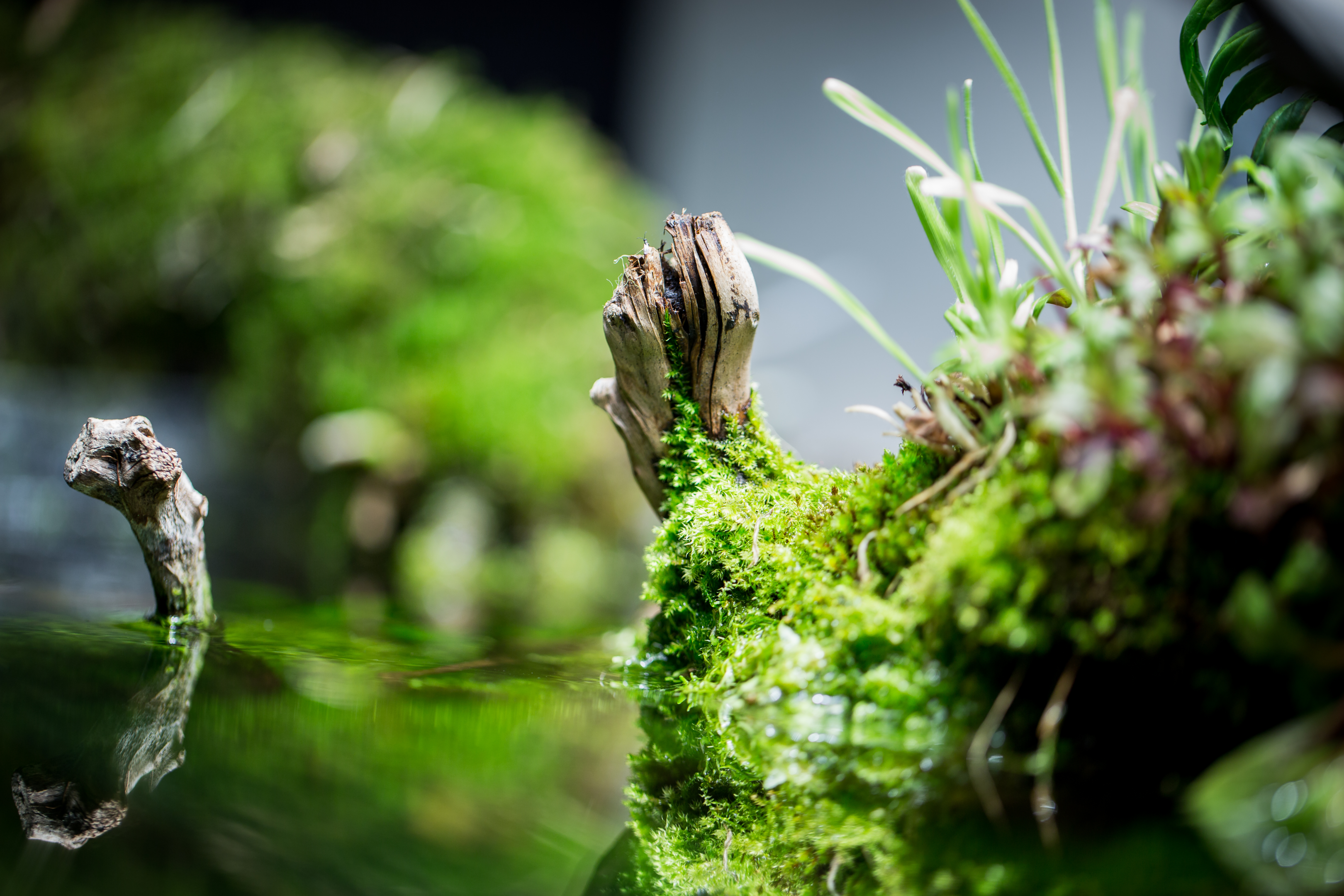
How to start the nitrogen cycle?
To start the aquarium nitrogen cycle and increase the number of beneficial bacteria the best option is to start it with plants. They are going to lose some leaves, roots, something will start to decay. After a few days you may try to add one or two fish and see what happens. The launch of nitrogen cycle should not be started instantly- it takes time, step by step.
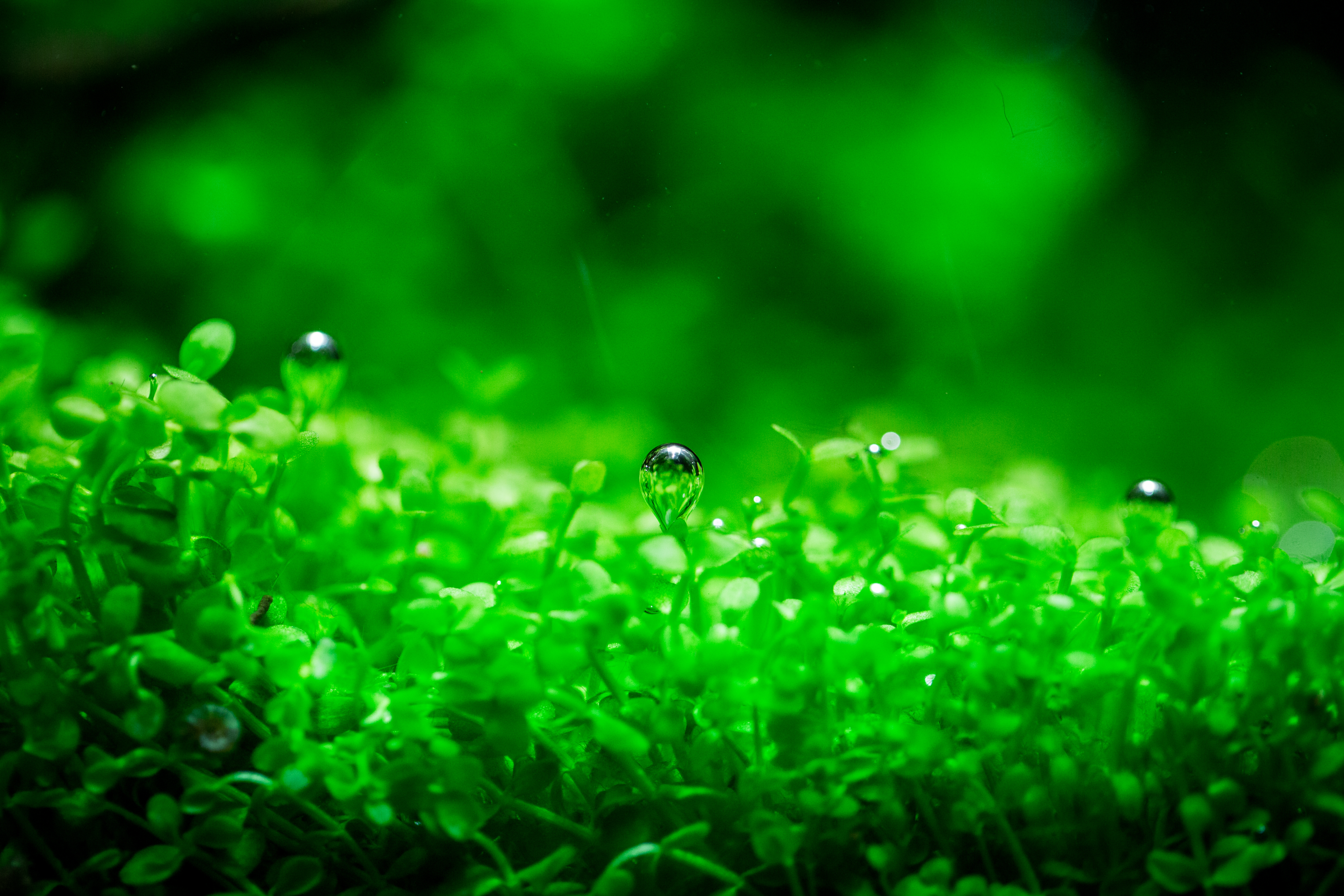
Nitrogen cycle never ends
In a fish tank, every phase of nitrogen cycle can be disturbed by different factors that may have a negative effect on the quality of water. Everything works in cooperation. A healthy fish is a happiness of its owner, the owner feeds the fish, fish waste and rotting plants feed the bacterial flora.
One change in for example ammonia and nitrite levels that can not be processed by bacteria and the tank water becomes contaminated. In result fish can even die. Keeping fish in our established tank is not playing a computer game that we may repeat until we win the level. We take care of living animals that take a lot of effort, time and money.
